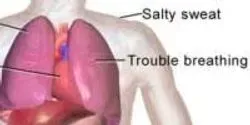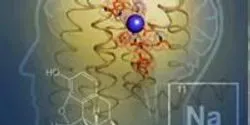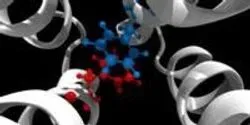Pharma/Biopharma

UC San Francisco’s four professional schools topped the nation in federal research funding in 2013, with the University as a whole ranking first among public recipients and second overall in funds from the National Institutes of Health (NIH), according to annual NIH figures.

Designing nanomedicine to combat diseases is a hot area of scientific research, primarily for treating cancer, but very little is known in the context of atherosclerotic disease. Scientists have engineered a microchip coated with blood vessel cells to learn more about the conditions under which nanoparticles accumulate in the plaque-filled arteries of patients with atherosclerosis, the underlying cause of myocardial infarction and stroke.

Binghamton University is thanking Gov. Andrew Cuomo and State Sen. Thomas Libous for including $10 million in the governor's budget proposal to begin site acquisition and design work for a School of Pharmaceutical Sciences and Pharmacy.

Scientists at The Scripps Research Institute (TSRI) have demonstrated the power of a new drug discovery technique, which allows them to find—relatively quickly and cheaply—antibodies that have a desired effect on cells. The TSRI scientists used the technique to discover two antibodies that protect human cells from a cold virus.

By attaching a cancer-killer protein to white blood cells, Cornell University biomedical engineers have demonstrated the annihilation of metastasizing cancer cells traveling throughout the bloodstream.

In the early 1990s, when Wallace H. Coulter – legendary scientist and inventor of a device to rapidly count cells – was elected as a fellow of the American Institute for Medical and Biological Engineering (AIMBE), he was unable to attend the meeting to accept the nomination. Rather than mail the award to him, Georgia Tech’s Robert Nerem, who was AIMBE’s president at the time, hopped on a plane from Atlanta and flew to Miami to present Coulter with the award in person.

Using quantitative models of bacterial growth, a team of University of California, San Diego biophysicists has discovered the bizarre way by which antibiotic resistance allows bacteria to multiply in the presence of antibiotics, a growing health problem in hospitals and nursing homes across the United States.














